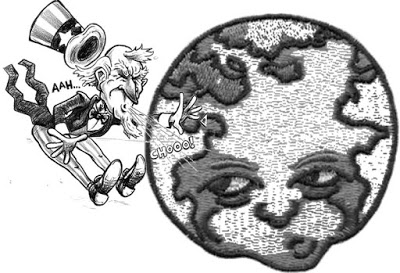The US dollar has not recovered from the judgment that yesterday’s that Fed was not as hawkish as many had anticipated. There was no indication that officials thought they were behind the curve or prepared to accelerate the pace of hikes. Powell is comfortable with the broad policy framework that has been established but seemed to have little time for the summing up of the individual forecasts (dot plot).

There are several reasons why the market is not impressed with the Fed’s hawkishness, but note that from the onset that since at least the past few years, the Fed signaled a more aggressive policy than the market believed likely. As recently as a year ago, Fed officials went on what can be understood as a campaign to convince the market that it would hike rates.
Contrary to our arguments, many participants expected a clear indication of four hikes this year and the Fed did not deliver that message, though to be sure the door is clearly still open. And four hikes this year is more likely than two Inflation forecasts barely changed, while growth forecasts were ratcheted higher,
The trend or long-term non-inflationary growth remained at 1.8%, which is where the Fed thinks growth will return to when the monetary and fiscal stimulus runs their course. We also found a general recognition that the US is showing increasing signs of late-cycle behavior. Hitting an economy in the advanced stages of a business cycle with a large dose of fiscal stimulus has few precedents.
With businesses having more spare capacity than past cycles and experiencing low rates for a long-term, tax cuts may not be the boon to investment that many expect. Similarly, with debt and credit tensions rising, American households may not simply consume their tax cuts. Reducing debt and boosting savings could deflect some of the post-tax income away from consumption.
Powell seemed uncomfortable when asked about the yield curve. While the literature may be mixed, many economists and investors put much significance on inverted coupon curve signaling an economic contraction. Between the rate hikes, the shrinking of the balance sheet, the elevated LIBOR, the risk of a policy mistake seems elevated.













Leave A Comment